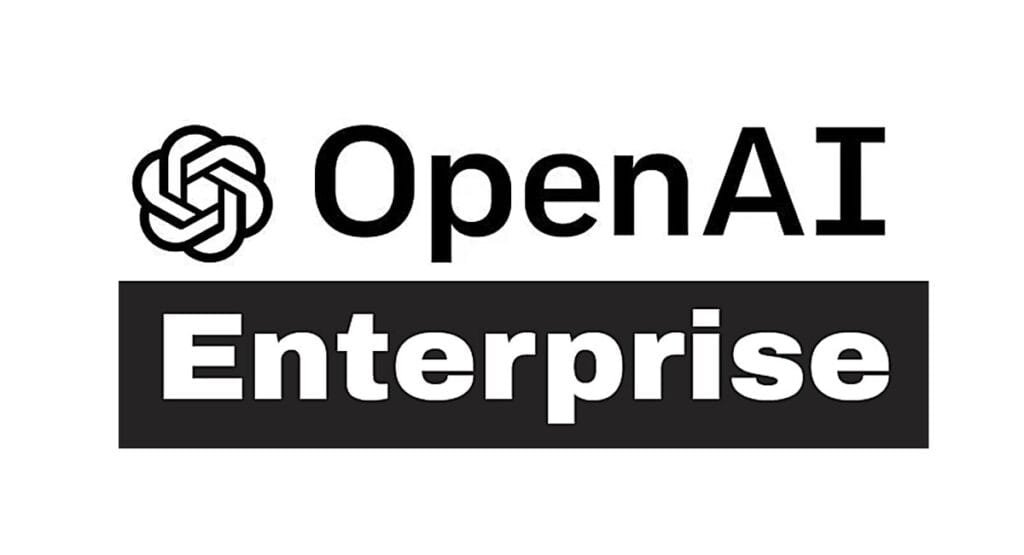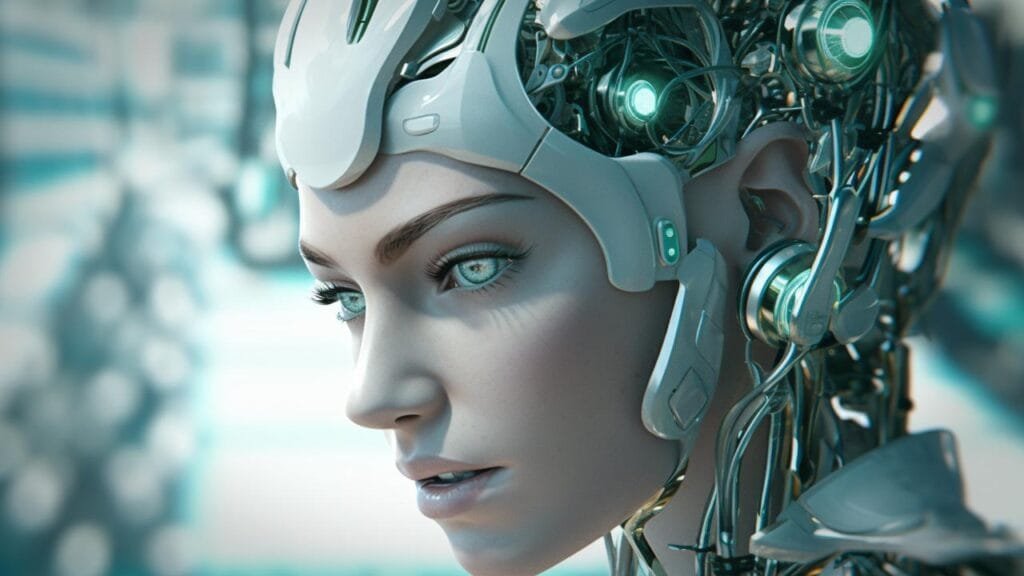What is Self-Reflection in AI?
Artificial Intelligence (AI) technology is advancing rapidly, and one of the emerging frontiers is self-reflection in AI—a concept that aims to enable AI systems to assess, understand, and optimize their behavior. While self-reflective AI is still primarily aspirational, it introduces new ways of thinking about how machines could one day learn from their experiences, adjusting their responses in a manner akin to human self-improvement. This article will critically analyze the concept of self-reflection in AI, separating its potential from current technological limitations.
Table of Contents
- Introduction to Self-Reflection in AI
- How Self-Reflective AI Works
- Potential Benefits of Self-Reflective AI
- Challenges in Implementing Self-Reflective AI
- Advanced Concepts in Self-Reflective AI
- Ethical and Societal Implications of Self-Reflective AI
- Use Cases of Self-Reflective AI in Key Industries
- Challenges of Scaling Self-Reflective AI Globally
- Future of Self-Reflective AI
- Top 5 Frequently Asked Questions
- Final Thoughts
- Resources
Introduction to Self-Reflection in AI
Defining Self-Reflective AI
In the context of AI, self-reflection is used as a metaphor to describe a machine’s ability to evaluate its own actions based on predefined parameters, rather than true self-awareness. Unlike humans, AI lacks intrinsic self-consciousness and cannot literally “reflect” on its behavior. Instead, it employs feedback mechanisms—such as evaluating performance metrics or identifying errors—as a way to simulate reflection. The goal is to create a system that can optimize its performance over time through continuous learning from past outcomes.
Evolution of AI Toward Self-Reflection
AI has progressed from rule-based systems to machine learning and, more recently, deep learning, enabling it to recognize patterns and make predictions. While current systems are largely reactive, the concept of self-reflection in AI is a step forward, aspiring to give machines a degree of adaptive learning that doesn’t require constant human intervention.
How Self-Reflective AI Works
Key Mechanisms of Self-Reflective AI
Three main mechanisms underpin the idea of self-reflective AI:
- Self-Monitoring: The AI monitors its actions and outcomes based on preset parameters, assessing its own performance against established goals.
- Feedback Loop: This mechanism involves continuously analyzing performance data, comparing it to intended goals, and making adjustments when deviations are detected. Reinforcement learning algorithms, for example, operate on feedback loops to refine their behaviors over time.
- Learning and Adaptation: By analyzing past decisions, the AI can theoretically adjust future actions to improve efficiency or accuracy. Currently, self-reflection is more about following programmed learning paths than making independent improvements.
Current Limitations
Self-reflective AI remains largely hypothetical. Existing AI models, such as neural networks and reinforcement learning systems, don’t actually self-reflect in the human sense; they rely on performance metrics and error recognition rather than real introspection. Also, many applications don’t involve self-correction beyond basic error detection, making true “self-reflection” more of a goal than a reality.
Potential Benefits of Self-Reflective AI
Although self-reflective AI is far from achieving full autonomous self-assessment, even partial implementation could bring specific advantages:
- Improved Decision-Making: Self-reflective mechanisms could lead to improved accuracy in decision-making by allowing the AI to iteratively adjust its responses based on past outcomes. In medical diagnostics, for example, AI could learn to adjust diagnostic criteria based on historical cases, though it would still rely heavily on human oversight.
- Enhanced Adaptability: Self-reflective AI could make complex systems like autonomous vehicles or robotics more adaptable by helping them respond dynamically to new situations, albeit within the confines of preprogrammed parameters.
- Transparency and Bias Mitigation: While AI cannot independently address ethical concerns, reflective processes could help flag potential biases, allowing for more informed human oversight.
Challenges in Implementing Self-Reflective AI
Computational Complexity and Resource Demand
Self-reflective AI requires substantial computational power, as it must evaluate its decisions and maintain feedback loops in real time. Scaling this to high-complexity systems demands advanced processors and massive data centers, which currently present both technical and environmental challenges.
Limited Explainability
Self-reflective AI could exacerbate the transparency problem in AI. While self-assessment may help identify biases or errors, it also adds a layer of complexity that can make it harder to trace the AI’s decision paths, posing a risk to transparency. Without clear interpretability frameworks, self-reflective AI may deepen the “black box” problem, complicating human oversight.
Human-Centric Ethical and Bias Challenges
Despite its potential to assist in bias reduction, self-reflective AI is still far from autonomous ethical awareness. Its ethical outcomes are entirely dependent on human-defined parameters. Self-reflection in AI, therefore, does not equate to independent ethical consideration, but rather acts as a supporting tool for human-led ethical frameworks.
Advanced Concepts in Self-Reflective AI
As self-reflective AI evolves, a few advanced concepts are coming into play, such as recursive self-improvement, multi-agent collaboration, and adaptive learning thresholds. These advanced features allow AI systems to adjust and optimize their performance on increasingly complex tasks, making them more robust in real-world applications.
Recursive Self-Improvement
Recursive self-improvement allows an AI system to apply its reflective capabilities not just once, but continually, forming a loop of feedback, analysis, and optimization. This concept brings to mind the notion of a self-reinforcing AI loop—a process by which an AI system continuously upgrades its efficiency, error handling, and decision-making capabilities without external input. This can be seen in experimental applications of AI that autonomously update their own algorithms based on performance metrics. In the long term, recursive self-improvement could lead to AI systems that outpace human intervention in terms of learning and growth.
Multi-Agent Self-Reflection
In multi-agent environments, self-reflection is even more critical as it enables each agent to adapt not only to individual goals but also to the goals of other agents within the system. For example, in distributed AI systems used in logistics or military applications, each AI agent’s ability to self-reflect allows for seamless collaboration and conflict resolution, which is crucial in environments where each agent’s actions impact others. By sharing insights and reflecting as a group, these agents can optimize strategies in dynamic, unpredictable settings.
Adaptive Learning Thresholds
A self-reflective AI should ideally have adaptive thresholds for learning new information. This means adjusting its level of analysis based on the task’s complexity or importance. For instance, in low-stakes environments, the AI might rely on standard responses. However, in more critical scenarios—such as medical diagnostics—adaptive learning allows the AI to conduct a deeper analysis, weighing each decision’s accuracy more heavily. This scalability ensures that the AI expends resources appropriately, focusing its reflective efforts where they’re most needed.
Ethical and Societal Implications of Self-Reflective AI
While self-reflective AI introduces unprecedented advancements, it also brings with it a host of ethical, societal, and regulatory questions that will require careful consideration.
Accountability and Decision Autonomy
One of the most debated ethical implications of self-reflective AI is accountability. Who is responsible for a decision made by a self-reflective AI? If a system with self-reflective capabilities learns to act independently, the line between human and machine accountability becomes blurred. This is particularly relevant in critical applications such as criminal justice, finance, or healthcare, where AI-driven decisions can have significant consequences for individuals. Developing policies to address the accountability of autonomous AI systems is a vital consideration as we move toward self-reflective technology.
Transparency and Public Trust
To foster public trust, AI developers need to prioritize transparency, especially when implementing self-reflective capabilities. Unlike traditional AI, where decisions can be traced back to algorithms and data, self-reflective AI introduces a degree of unpredictability. Making AI’s thought processes and self-assessment routines more understandable can mitigate concerns. Incorporating explainable AI (XAI) methods in self-reflective systems may provide users with insights into why certain decisions were made, reinforcing public trust in the technology.
Long-Term Societal Impact
The societal impact of self-reflective AI could be profound, as it may fundamentally change how humans interact with machines and make decisions. With the potential to improve efficiency across industries, there is also the risk that self-reflective AI may widen socioeconomic gaps by automating complex roles that previously required human expertise. As AI systems become more capable, ethical considerations must ensure that these technologies are implemented in a way that benefits society equitably.
Use Cases of Self-Reflective AI in Key Industries
The benefits of self-reflective AI extend across various sectors, and its unique ability to self-optimize makes it invaluable for high-stakes environments. Here are some practical examples:
Healthcare: Personalized Medicine and Diagnostics
In healthcare, self-reflective AI could enhance personalized medicine by analyzing its own diagnostic patterns and adjusting its methodology. For example, an AI could evaluate its predictions on cancer screenings, recognize patterns in false positives, and refine its algorithm to improve future diagnostics. Additionally, self-reflective AI could support personalized treatment plans by adapting them based on each patient’s response, improving outcomes and reducing side effects.
Finance: Fraud Detection and Risk Assessment
Financial systems benefit from self-reflective AI in areas like fraud detection and credit risk assessment. By continuously evaluating transaction patterns and comparing them to past behaviors, self-reflective AI can adjust its thresholds to detect anomalous transactions more accurately. This level of adaptiveness allows financial institutions to proactively address fraud and optimize risk assessment models, ensuring higher accuracy in high-stakes decisions.
Autonomous Vehicles: Enhanced Safety and Navigation
Self-driving cars and drones rely heavily on real-time decision-making, where self-reflection is crucial. By evaluating how it handles various driving conditions—such as poor weather, complex traffic patterns, or sudden obstacles—a self-reflective AI could autonomously improve its driving strategies over time. This reduces the need for manual intervention and can significantly enhance road safety as the AI learns to respond more effectively to unforeseen situations.
Challenges of Scaling Self-Reflective AI Globally
Implementing self-reflective AI on a global scale is an enormous challenge due to infrastructure, regulatory, and technical hurdles.
Infrastructure and Computational Resources
The demand for computational resources in self-reflective AI is vast. Scaling these systems would require enormous data centers, advanced processors, and energy resources. As organizations look to implement this technology at scale, sustainability concerns must be considered to avoid excessive environmental impact.
Regulatory Frameworks
Global regulation of AI technology is still in its infancy, and self-reflective AI adds complexity to the mix. Developing international standards to govern self-reflective systems will require collaboration between governments, tech companies, and ethical boards to ensure a balance between innovation and safety.
Cultural and Ethical Variability
Different cultures have varying perceptions of AI, particularly around issues of autonomy and accountability. As self-reflective AI grows more prevalent, its applications may require tailoring to respect cultural norms and ethical standards across regions.
Future of Self-Reflective AI
Applications in Autonomous Systems and Human-AI Collaboration
Self-reflective AI has exciting potential in autonomous systems, such as self-driving cars and drones, where real-time adaptability is crucial. If AI can evaluate and adjust its behaviors, it could navigate complex environments more effectively. However, these applications will need constant refinement and human oversight, especially in high-stakes settings like medical diagnostics or financial risk assessment.
Limitations in Multi-Agent Systems
Although collaboration in multi-agent systems is discussed as a future goal, self-reflection within these systems is still highly experimental. Multi-agent AI systems currently operate through collaborative protocols rather than true reflection, indicating that true self-reflective multi-agent collaboration remains an ideal rather than an achievable feature.
Long-Term Societal Impact
The societal impact of self-reflective AI could be significant, especially in industries relying on high-stakes decision-making. However, this impact depends on developing rigorous standards for transparency, accountability, and ethics, as the AI itself cannot autonomously manage these aspects. Human involvement remains essential, particularly as AI capabilities grow.
Top 5 Frequently Asked Questions
Final Thoughts
Self-reflective AI represents an intriguing advancement, potentially enabling machines to optimize their performance without constant intervention. However, this concept is still largely theoretical, with significant obstacles in computational power, transparency, and ethical accountability that need to be addressed. Current AI systems do not possess true self-awareness; rather, they employ feedback mechanisms that help simulate self-reflection within defined limits. The key takeaway is that while self-reflective AI could enhance adaptability and support ethical oversight, it cannot replace human judgment or achieve independent decision-making. Future implementations will require rigorous standards for transparency and accountability to make this technology both practical and ethically sound.
Resources
- Brynjolfsson, E., & McAfee, A. (2014). The Second Machine Age: Work, Progress, and Prosperity in a Time of Brilliant Technologies.
- Goodfellow, I., Bengio, Y., & Courville, A. (2016). Deep Learning. MIT Press.
- Bostrom, N. (2014). Superintelligence: Paths, Dangers, Strategies. Oxford University Press.
- Explainable AI for Transparency in Decision-Making
- The Impact of AI on Future Employment
I write for and assist as the editor-in-chief for 601MEDIA Solutions. I’m a digital entrepreneur since 1992. Articles may include AI assisted research. Always Keep Learning! Notice: All content is published for educational and entertainment purposes only. NOT LIFE, HEALTH, SURVIVAL, FINANCIAL, BUSINESS, LEGAL OR ANY OTHER ADVICE. Learn more about Mark Mayo



